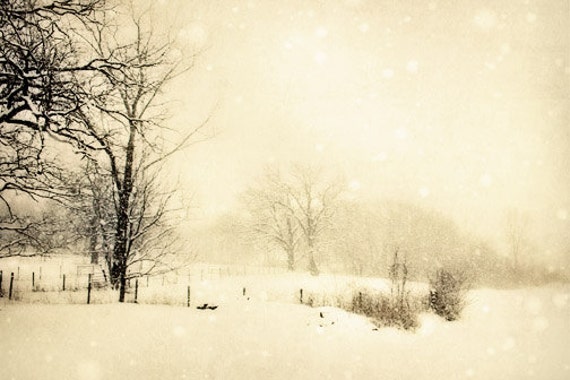One more time, let's focus on seeing in layers. There is a logic to the sequence of layers in a watercolor that begins with an understanding of the role of the values in a transparent medium.
| Tom Hoffmann. |
In this scene from Iceland, the falling water is realized by ignoring the physics of a waterfall and thinking, instead, of the succession of light, middle and dark layers of paint. In the upper middle, for example, we know that the water is falling in front of the rock. But that has nothing to do with how the layers of paint have been applied. Our brains know that the water is in front of the rock, but because the rock is darker than the water, it needs to be applied on top, as a layer that comes later. To see the sequence that the desired look requires, it is necessary to suspend what you know and make decisions based simply on what you see. Forget "water". Forget "in front" and "behind". Watercolor is another whole language that requires its own way of thinking. The process of understanding a scene in watercolor terms is essentially a translation.
Here are a few images that display an understanding of how the scene translates into a sequence of light, middle and dark layers.
 |
| Stanislaw Zoladz |
 |
| Torgier Schjolberg |


No comments:
Post a Comment